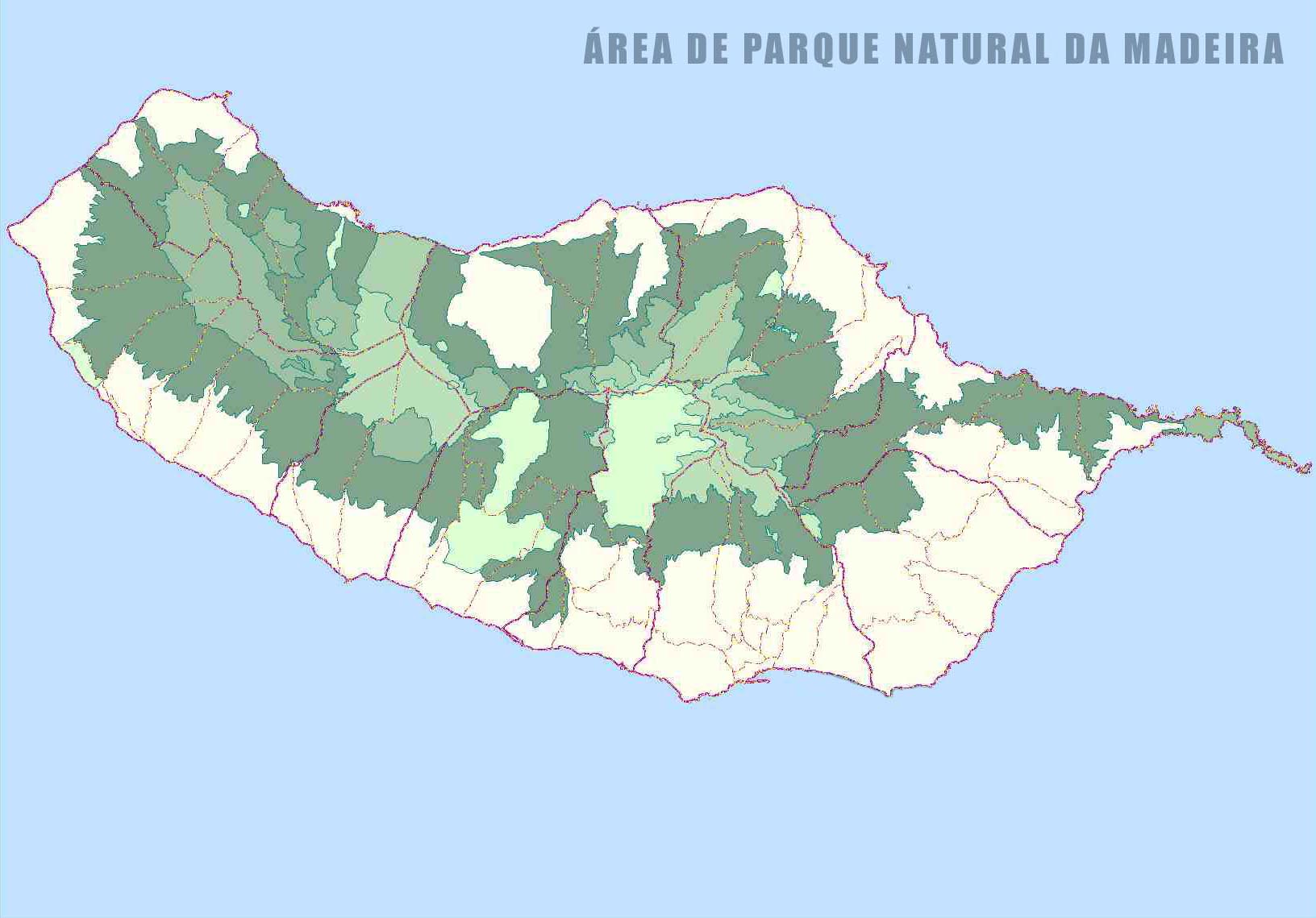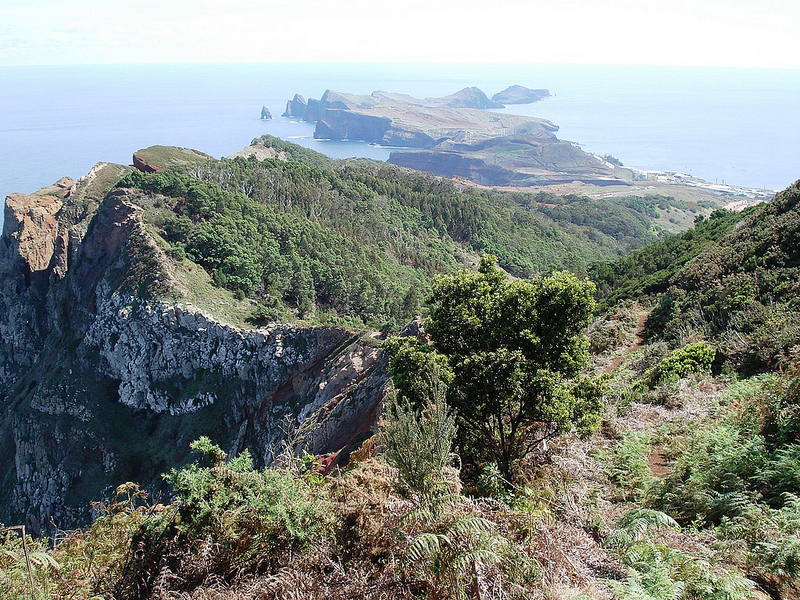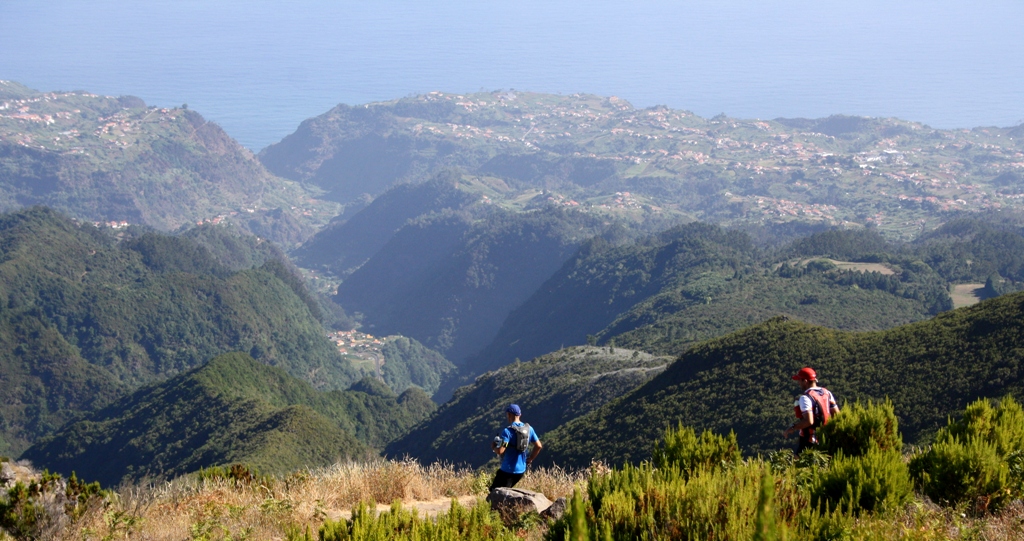Nature in Madeira

The landscape is no margin of doubt one of the biggest attractions of the island of Madeira, highlighting the Laurissilva Forest, with its exorbitant vegetation that was classified as a World Natural Heritage of Humanity by UNESCO in 1999. This dates back to the Tertiary Period and during the last glaciations, their existence was reduced to the area known as Macaronesia, so the archipelagos of Madeira, Azores, Canaries and Cape Verde. This vegetation consists of trees such as the tilde (Ocotea foetens), laurel (new Laurus canariensis), Madeira mahogany (Persea indica), the rolling (Clethra arborea) and the white stick (excelsa Picconia), such as mosses and other shrubs such as heather (Erica scoparia ssp maderensis and Erica aborea), the Vaccinium padifolium saw (Vaccinium padifolium) and holly (Ilex perado ssp pected), already among the herbaceous plants, there is the leitugas (Sonchus pinnatus), the piorno (Genista tenera), the wallflower of the mountain (Erysimum bicolor), the Plum Tree thorn (Berberis maderensis) and rare orchid (Dactylorhiza foliosa), unique in the world. Relativemente the avifauna, there are the rare species such as the pigeon trocaz (Columba trocaz), exclusive endemic species of Madeira Island, Zino’s Petrel (Pterodroma madeira), the kestrel (Falco tinnunculus canariensis), chaffinch (Fringila coelebs maderensis ) and bisbis (Regulus ignicapillus maderensis).
In Madeira, this living relic is almost the highest status of Madeira Natural Integral Reserve Park, which aims to preserve and conserve the vast natural heritage and world rarity, and was created in 1982 and was classified as Reserve biogenetics. This occupies about 2/3 of the territory of the island and is divided into total and partial nature reserves, protected landscapes and recreational areas. This is the eastern mountain range, which highlights the Red Peak, and the western mountain massif with the Paul da Serra plateau. The Laurissilva Forest of Macaronesia is 1300 to 700 meters altitude in the south of the island and in the 200 meters in the north, being mostly concentrated in this park. In its limit, they are farmland, as its poles that are irrigated by Levada. In the east end of the island, is the Ponta de São Lourenço, a small peninsula with a distinct landscape, more flat and arid, treeless, but contains several endemic plants. While in the west, the territory lies full of traditional agricultural and livestock activities, offering a rural value to the landscape.

In 2011, Santana was presented by UNESCO that ranked the Biosphere Reserve, which recognizes the richness of an ecosystem, which itself is valued, maintained and preserved by their surroundings, offering a sustainable use. This reserve is divided by the land component, which corresponds to the total area of the municipality and the marine component, which is presented by the diversity of natural values, landscape, environmental, human and cultural, which makes this book a singularity of interest that spreads around the world . Its natural charm is manifested by the richness of its fauna and flora, incorporating a high degree of endemism and integration of ecological units of the island, from the marine and coastal ecosystems, to vegetation altitude.




